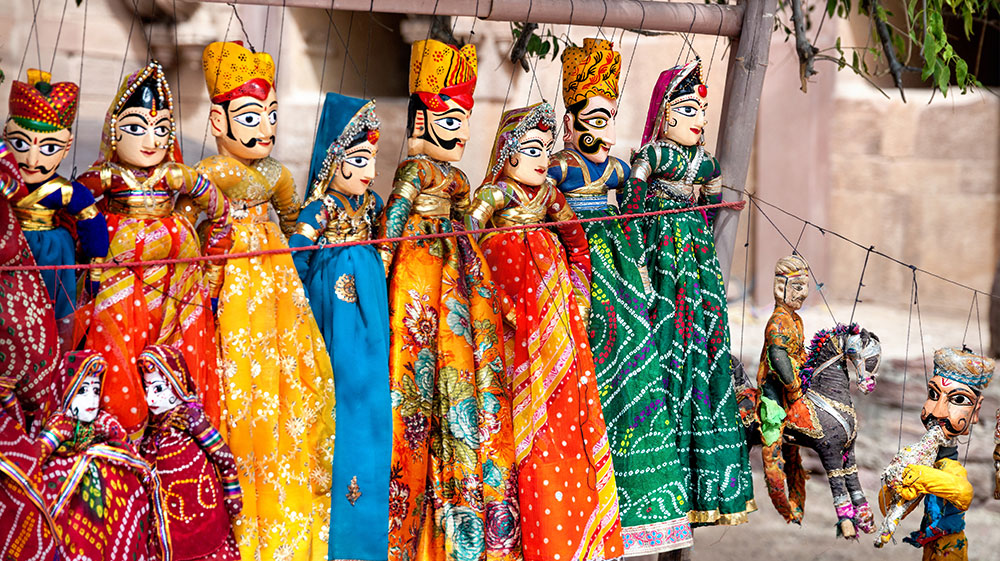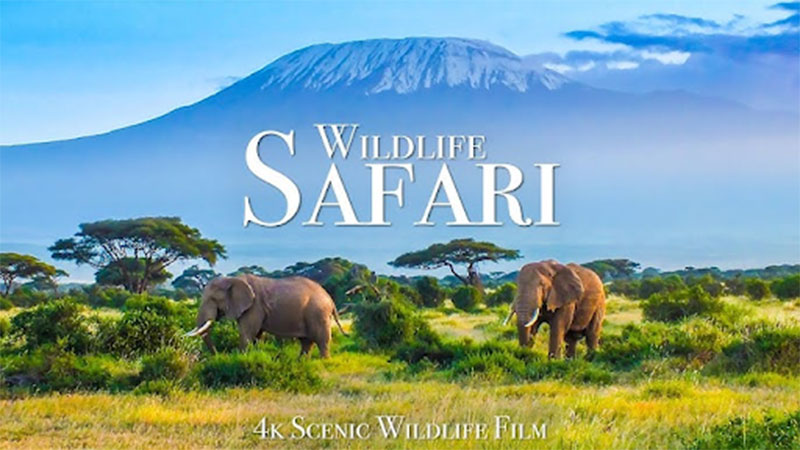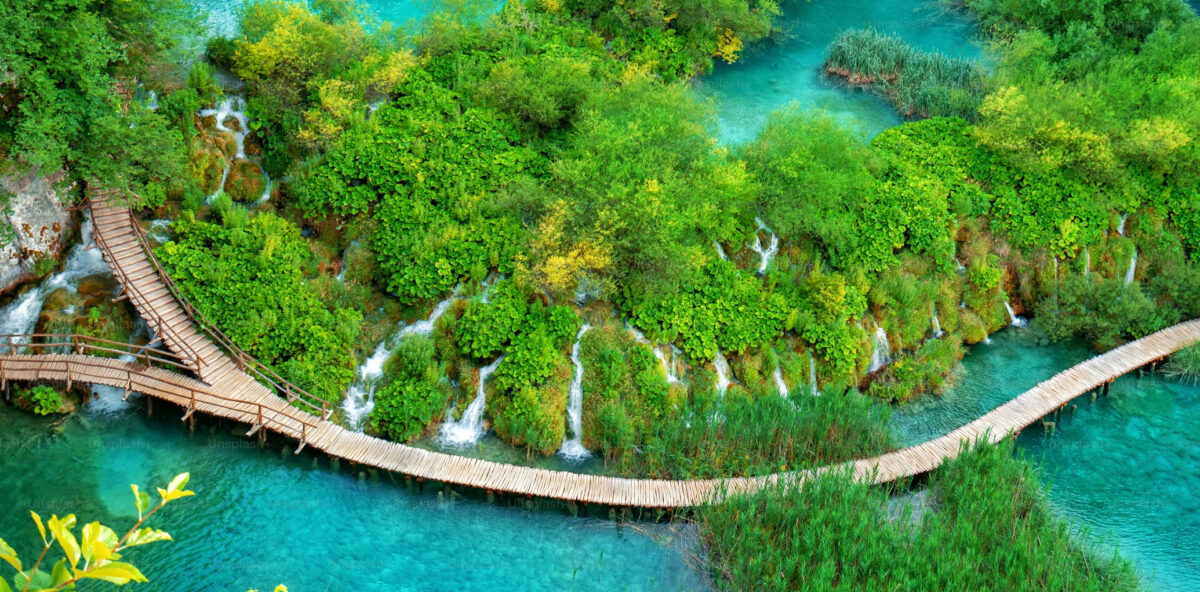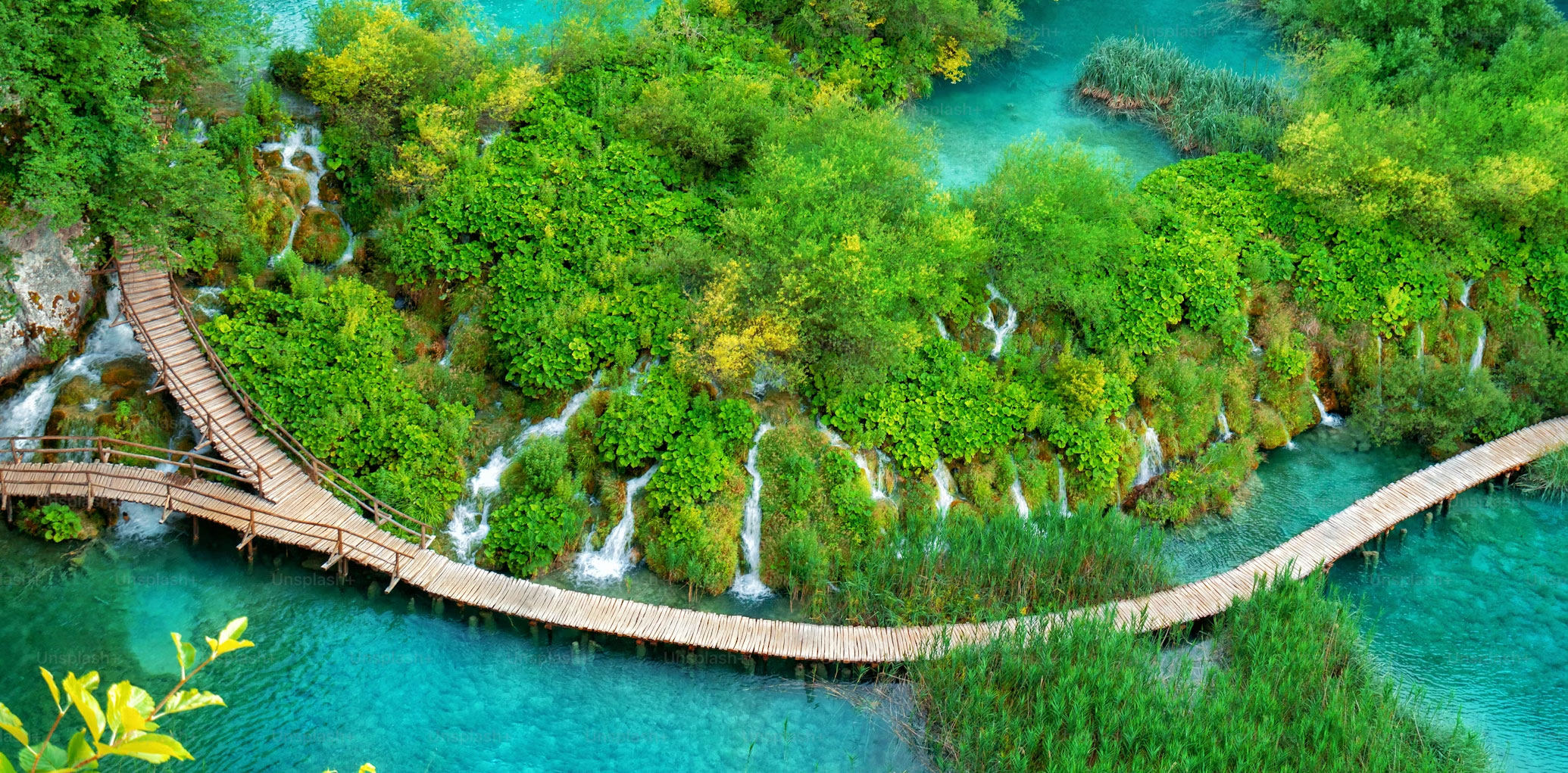
Welcome to Rajasthan, the Land of Maharaja’s, where history whispers from every corner and culture vibrates in the air. Rajasthan, a jewel in India’s crown, stands as a testament to a glorious past of valor, grandeur, and artistic excellence. With its majestic forts, vibrant traditions, and rich heritage, it invites travelers on a journey through time.
The Magnificent Forts and Palaces:
Rajasthan is renowned for its majestic forts, opulent palaces, and intricate havelis, each a testament to the state’s rich history and architectural grandeur. Here are some of the most notable examples:
1. Amber Fort, Jaipur: A stunning fort known for its artistic Hindu-style elements, including large ramparts, gates, and cobbled paths. The fort overlooks Maota Lake and is a UNESCO World Heritage Site.
2. City Palace, Udaipur: A sprawling palace complex situated on the banks of Lake Pichola. It showcases a blend of Rajasthani and Mughal architectural styles and offers panoramic views of the city.
3. Mehrangarh Fort, Jodhpur: One of the largest forts in India, known for its imposing walls and intricately decorated palaces within, such as the Moti Mahal (Pearl Palace) and Phool Mahal (Flower Palace).
4. Umaid Bhawan Palace, Jodhpur: A magnificent palace that serves as a hotel, museum, and royal residence. It is one of the world’s largest private residences.
5. Jaisalmer Fort, Jaisalmer: Also known as Sonar Quila (Golden Fort), this living fort is home to many shops, hotels, and ancient havelis, with intricate carvings and designs.
6. Junagarh Fort, Bikaner: A fort that has never been conquered, it houses beautiful palaces like Anup Mahal, Chandra Mahal, and Phool Mahal.
7. Karni Mata Temple, Bikaner: Known as the Rat Temple, it is famed for its large population of rats considered sacred.
8. City Palace, Jaipur: A royal residence complex that includes Chandra Mahal and Mubarak Mahal, showcasing a mix of Rajput, Mughal, and European architectural styles.
9. Hawa Mahal, Jaipur: Also known as the Palace of Winds, it features a unique five-story facade with 953 small windows, allowing royal ladies to observe street festivals without being seen.
10. Patwon Ki Haveli, Jaisalmer: A cluster of five havelis, it is renowned for its elaborate carvings and mirror work.
11. Samode Palace, near Jaipur: A heritage palace hotel known for its stunning frescoes and elegant architecture.
Art and Craft of Rajasthan

Rajasthan is renowned for its traditional arts and crafts, which include:
1. Pottery: Blue pottery of Jaipur is famous for its intricate designs and vibrant colours.
2. Textiles: Bandhani (tie-dye) and block printing are traditional textile arts of Rajasthan.
3. Jewellery: Rajasthan is known for its exquisite silver and gold jewellery, including Kundan and Meenakari work.
4. Puppetry (Kathputlis): Puppetry, locally known as Kathputlis, is a traditional form of folk entertainment in Rajasthan. These handcrafted wooden puppets are used to narrate stories from Indian folklore and mythology, accompanied by music and dialogues. The puppeteers, called Bhats, are skilled storytellers who use these vibrant puppets to bring stories to life.
Iconic Dishes
1. Dal Baati Churma: A quintessential Rajasthani dish, Dal Baati Churma is a combination of lentils, baked wheat balls, and a sweet crumble. It’s a must-try for anyone visiting Rajasthan.
2. Laal Maas: Laal Maas, a fiery meat curry made with red chillies and yogurt, is a favourite among spice lovers. Its rich, robust flavours make it a standout dish in Rajasthani cuisine.
Wildlife and Nature – National Parks and Wildlife Sanctuaries

Rajasthan is home to several national parks and wildlife sanctuaries, offering a haven for a variety of wildlife species. Some of the prominent ones include:
1. Ranthambore National Park: Ranthambore National Park, located in the Sawai Madhopur district of Rajasthan, is one of the most renowned national parks in India, particularly famous for its population of Bengal tigers. Spanning an area of approximately 1,334 square kilometers, the park features a mix of dry deciduous forests, grasslands, and ancient ruins, creating a picturesque setting for wildlife viewing. A safari through Ranthambore allows visitors to spot tigers, often seen in the park’s open grasslands and near its many lakes. In addition to tigers, the park is home to various other wildlife, including leopards, deer, sloth bears, and a wide range of bird species. The park’s rich biodiversity and historical significance, including the 10th-century Ranthambore Fort, make it a popular destination for wildlife enthusiasts and history buffs alike.
2. Keoladeo National Park: A UNESCO World Heritage site, Keoladeo National Park is a haven for bird watchers. It hosts thousands of birds, especially during the winter season, making it a paradise for ornithologists.
3. Sariska Tiger Reserve: Located in the Alwar district, Sariska Tiger Reserve is a renowned wildlife sanctuary that spans over an area of approximately 881 square kilometers. Originally a hunting preserve, it was declared a wildlife reserve in 1955 and later became a tiger reserve under Project Tiger in 1978. The reserve is home to Bengal tigers, leopards, hyenas, and a diverse range of bird species. It features a mix of dry deciduous forests, grasslands, and rocky terrain, offering a rich habitat for wildlife.
4. Jhalana Leopard Reserve, Jaipur: Situated on the outskirts of Jaipur, Jhalana Leopard Reserve is a unique urban wildlife reserve known for its thriving leopard population. Spread over an area of around 23 square kilometers, it offers a rare opportunity to witness these elusive big cats in proximity to a bustling city. In addition to leopards, the reserve is home to various other wildlife, including striped hyenas, Indian foxes, and a variety of birds. The reserve’s dense forests and rocky hills provide an ideal habitat for leopards, making it a popular destination for wildlife enthusiasts.
5. Jawai Leopard Reserve, Jawai Bandh Pali: Jawai Leopard Reserve, located in the Pali district, is famous for its harmonious coexistence of leopards and local communities. The reserve, surrounding the Jawai Dam, is characterized by its rocky hills and granite formations, which provide perfect natural shelters for leopards. Unlike other reserves, the leopards of Jawai are known for their visibility, often seen lounging on rocks during the day. This unique landscape supports a diverse range of wildlife, including crocodiles, birds, and other mammals. The region’s cultural and natural beauty attracts many tourists.
6. Desert National Park, Jaisalmer: Desert National Park, located near Jaisalmer, is one of the largest national parks in India, covering an area of about 3,162 square kilometers. It showcases the unique flora and fauna of the Thar Desert, including the endangered Great Indian Bustard, a bird species that is a significant highlight of the park. The park’s landscape is characterized by sand dunes, rocky outcrops, and sparse vegetation, providing a habitat for a variety of desert wildlife. The park also hosts species like foxes, desert cats, and reptiles, making it a unique ecosystem that reflects the harsh yet beautiful environment of the desert.
Rajasthan’s Cultural Festivals
Rajasthan is a land of vibrant festivals that celebrate its rich culture and traditions. Some of the major festivals include:
1. Pushkar Festival: Held annually in Pushkar, this is one of the largest camel fairs in the world, featuring livestock trading, cultural performances, and competitions.
2. Camel Festival: Held in Bikaner, this festival celebrates the ship of the desert with camel races, dance performances, and traditional music.
3. Kite Festival: Celebrated across Rajasthan, particularly in Jaipur, the Kite Festival marks Makar Sankranti. The sky is filled with colorful kites as people compete to cut each other’s kites.
4. Jaipur Literature Festival: A renowned literary festival held in Jaipur, attracting authors, thinkers, and book lovers from around the world for discussions and cultural events.
5. Nagaur Festival: Held in Nagaur, this festival is known for its cattle fair, traditional sports, and cultural performances.
Desert Landscapes

1. Thar Desert: The Thar Desert, also known as the Great Indian Desert, is an expansive arid region that offers a unique landscape of sand dunes and sparse vegetation. Camel safaris are a popular way to explore this vast desert.
2. Sand Dunes of Sam: Located near Jaisalmer, the Sand Dunes of Sam are famous for their picturesque views and cultural performances. A night under the starry desert sky, with traditional music and dance, is an unforgettable experience.
Travel Tips for Rajasthan
Planning a trip to Rajasthan? Here are some tips to help you make the most of your visit:
1. Best Time to Visit: The ideal time to visit Rajasthan is between October and March when the weather is pleasant.
2. Travel and Accommodation: Rajasthan has a well-developed tourism infrastructure, with a range of accommodation options from luxury hotels to budget-friendly stays.
A journey through Rajasthan is like walking through a living museum, where each city tells a story of bravery, romance, and artistry. From the grandeur of its forts and palaces to the vibrancy of its culture and the richness of its cuisine, Rajasthan offers an experience that is both enriching and unforgettable. The Land of Kings awaits you with open arms, ready to share its timeless tales and captivating charm.
Indus Discoveries has been researching, developing, and organizing small group tours to unique destinations in India, Nepal, and Bhutan for the past 24 years.
If you want to discover iconic Rajasthan please contact us at: enquiries@indusdiscoveries.com





 +1-(765)-586-1210
+1-(765)-586-1210 +44-2030-2689-44
+44-2030-2689-44 +91 124 4361906
+91 124 4361906









 +1-(765)-586-1210
+1-(765)-586-1210 +44-2030-2689-44
+44-2030-2689-44